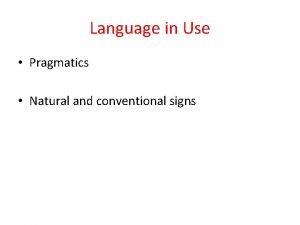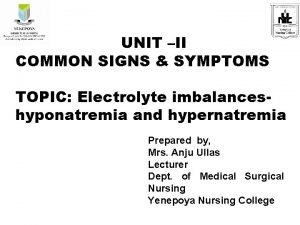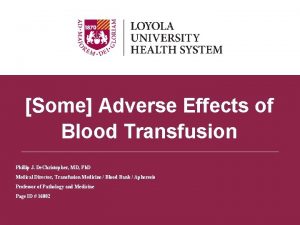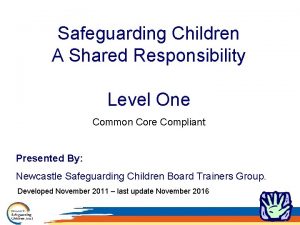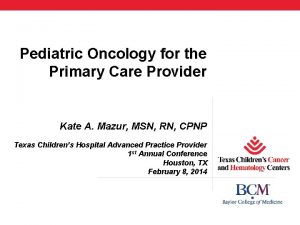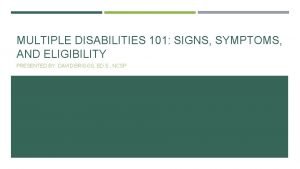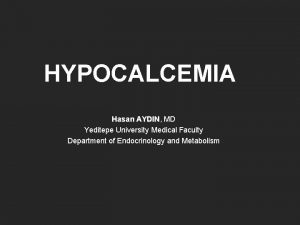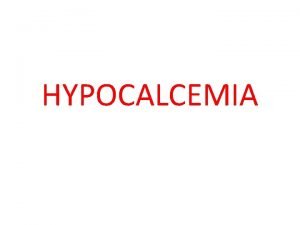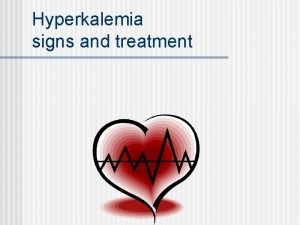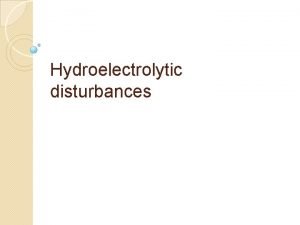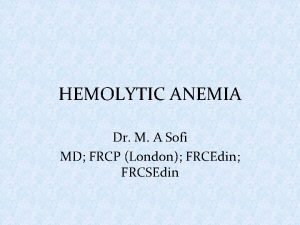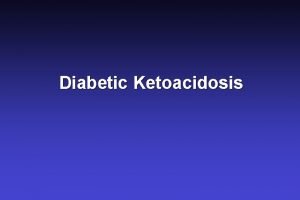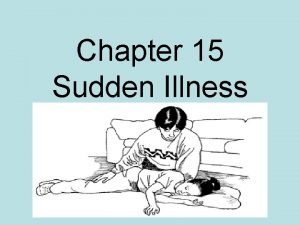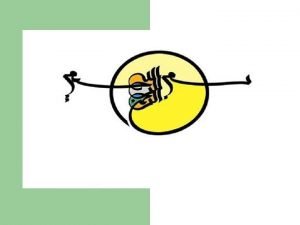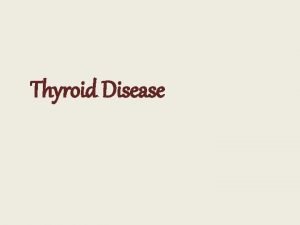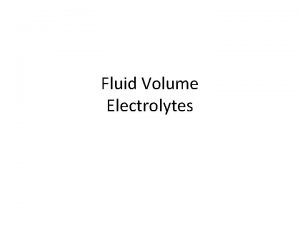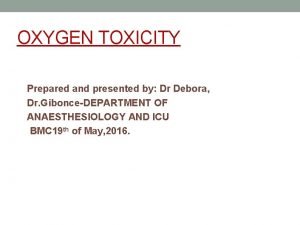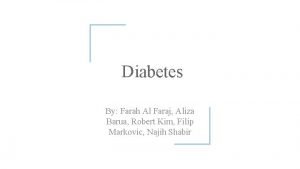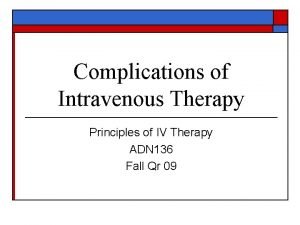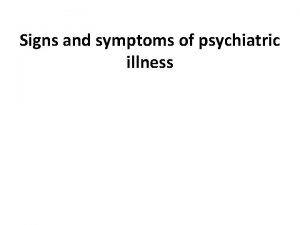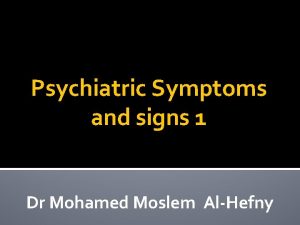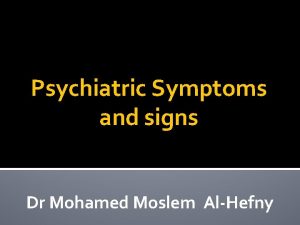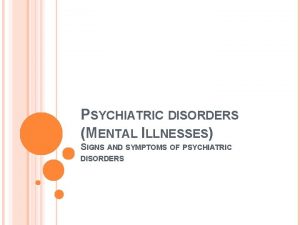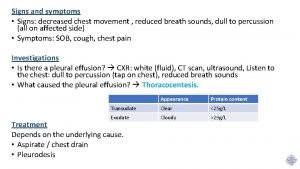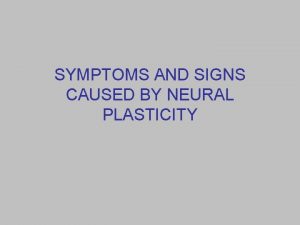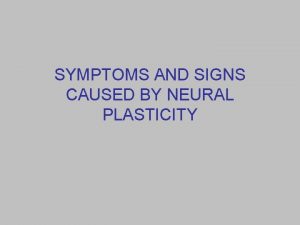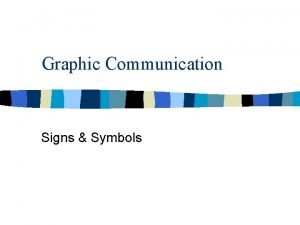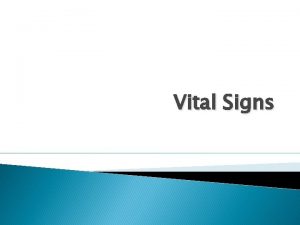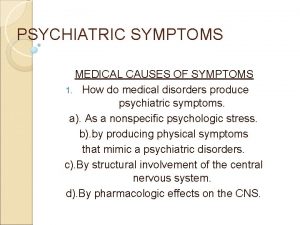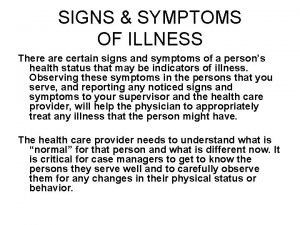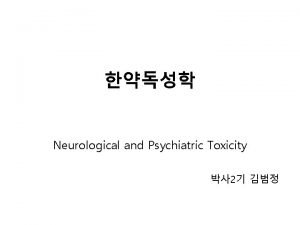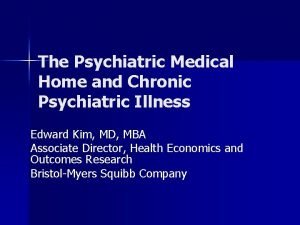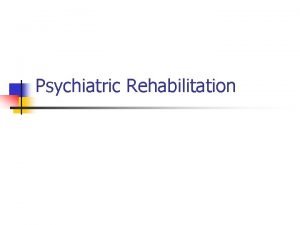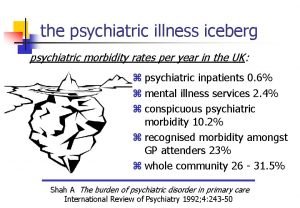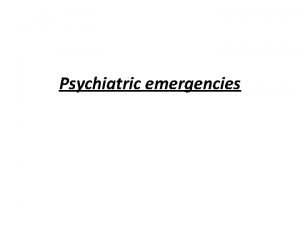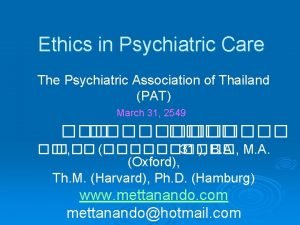Psychiatric Symptoms and signs 2 Psychiatric symptoms and























- Slides: 23

Psychiatric Symptoms and signs 2

Psychiatric symptoms and signs � Abnormalities of thinking � Abnormalities of perception � Abnormal behaviours q Psychotic symptoms � Mood symptoms Ø Depressive symptoms Ø Manic symptoms � Suicide / Homicide � Vegetative symptoms: � Catatonic features � Anxiety symptoms � ADHD symptoms � Eating disorders symptoms

Abnormalities of perception �Disorders of perception can be divided into 1. Sensory distortions: there is a constant real perceptual object, which is perceived in a distorted way. 2. Sensory deceptions: a new perception occurs that may or may not be in response to an external stimulus.

Sensory distortions �Sensory distortions: These are changes in perception that are the result of a change in the intensity and quality of the stimulus or the spatial form of the perception. 1. Changes in intensity 2. Changes in quality 3. Changes in spatial form (dysmegalopsia)

Sensory distortions �Changes in intensity Ø Increased intensity of sensations o Ex. migraine is associated with increased sensitivity to noise (hyperacusis) Ø Decreased intensity of sensations o Ex. Hypoacusis occurs in delirium

Sensory distortions �Changes in quality Ø Ex. Colouring of yellow, green and red. These are mainly the result of drugs (for example, digitalis) �Changes in spatial form Ø Micropsia is a visual disorder in which the patient sees objects as smaller than they really are. Ø Macropsia is a visual disorder in which the patient sees objects as larger than they really are.

Sensory deceptions �These can be divided into 1. Illusions = misinterpretations of stimuli arising from an external object. 2. Hallucinations = perceptions without an adequate external stimulus.

Hallucination Definition: �Perception without actual stimulus present �They care from <within> although the subject reacts if they were true preceptors coming from < without> DD from illusions �Hallucination: no actual stimulus �Illusions: with actual stimulus

Hallucination Types � Auditory hallucination: � Elementary: noises � Partly organized: music � Completely organized: hallucinatory voice Ø Commanding , ordering, threatening, praising, abusive Ø Audible thought Ø Third person hallucinations � Visual hallucination: � Elementary: flashes of light � Partly organized � Completely organized: vision of people, animals

Hallucination �Olfactory hallucinations: smell �Gustatory hallucinations: taste �Tactile hallucinations: sexual hallucinations �Hallucination of pain, deep sensation

Abnormal behaviours � Manic and impulse control disorder pleasure seeking behavior � Histrionic attention seeking behavior � SUD drug seeking behavior � Psychotic disorganized or bizarre behavior (collecting things from the floor) � Catatonia catatonic behavior � Unexplained behavior � Disinhibited behavior [socially, sexually] � Autism Ritualistic behaviour � Autism Stereotyped behaviour � Stereotyped behavior (due to any cause) � Impulsive behavior � Manipulative behavior

Abnormal behaviours � Compulsive/ ritualistic behavior � Aggressive/violent behavior � Antisocial/conduct behavior � Oppositional/defiant behavior � Psychotic with hallucinations hallucinatory behavior � Maladaptive behavior � Suicidal/homicidal behavior � BPD self mutilating behavior � Sexually abused child oversexualized/sexual promiscuity behavior � GID Cross gender identification behavior [cross dressing, play, games & activities]

Abnormal behaviours �Catatonic behaviours �Excessive motor activity (excitement) �Peculiarities of voluntary movement ü Posturing ü Stereotyped movements ü Prominent mannerisms ü Prominent grimacing �Echopraxia �Motoric immobility ü Stupor ü Catalepsy (including waxy flexibility) �Extreme negativism

Psychotic symptoms �Positive symptoms ü Delusion ü Hallucination ü Incomprehensible speech (disorganized speech) ü Disorganized behaviors ü Catatonic behaviours �Negative symptoms

Mood symptoms Mood �Mood is a pervasive and sustained emotion that colours the person’s perception of the world. Affect �Affect, meaning short-lived emotion, is defined as the patient’s present emotional responsiveness. It is what the doctor infers from the patient’s body language including facial expression and it may or may not be congruent with mood.

1 - Depressive symptoms �Depressed mood �Loss of interest (markedly diminished interest or pleasure in all, or almost all, activities most of the day, nearly every day (as indicated by either subjective account or observation made by others) �Guilt feeling �Feelings of worthlessness �Lack of concentration �Lack of energy �Psychomotor agitation/retardation

2 - Manic symptoms � Elevated mood � Inflated esteem / Grandiosity � More talkative than usual or pressure to keep talking � Flight of ideas � Distractibility (i. e. , attention too easily drawn to unimportant or irrelevant external stimuli) � Increase in goal-directed activity (either socially, at work or school, or sexually) or psychomotor agitation � Excessive involvement in pleasurable activities that have a high potential for painful consequences (e. g. , engaging in unrestrained buying sprees, sexual indiscretions, or foolish business investments)

Suicide / Homicide �Death thoughts �Death wishes �Suicidal ideation �Suicidal intent �Suicidal plan �Suicidal attempt

Vegetative symptoms: � � Appetite and Weight Sleep Sex Self hygiene

Anxiety symptoms �Generalized Anxiety Disorder �Panic disorder: somatic symptoms, agoraphobia �Social anxiety disorder: symptoms �Simple phobias

Eating disorders symptoms: �Binge eating �Purging �Excessive fasting or exercise

Major psychiatric disorders �Psychotic Disorders (schizophrenia) �Mood Disorders (depression, bipolar) �Anxiety Disorders �Dissociative Disorders �Obsessive Compulsive Disorders �Psychosomatic (Somatoform) Disorders �Eating Disorders �Sexual Disorders �Substance use disorders �Personality disorders �Childhood psychiatry (Autism, ADHD)

Thank you
 Divided highway begins sign
Divided highway begins sign Natural signs examples
Natural signs examples What are signs and symptoms of hyperkalemia?
What are signs and symptoms of hyperkalemia? Icaada
Icaada Trali symptoms
Trali symptoms Symptoms of shock
Symptoms of shock Sexual abuse signs and symptoms
Sexual abuse signs and symptoms Kate
Kate Signs and symptoms of multiple disabilities
Signs and symptoms of multiple disabilities Hypocalcemia symptoms
Hypocalcemia symptoms Hypocalcemia signs and symptoms
Hypocalcemia signs and symptoms Treatment of hyperkalemia
Treatment of hyperkalemia Signs of low potassium
Signs of low potassium Acquired hemolytic anemia
Acquired hemolytic anemia Diabetic ketoacidosis anion gap
Diabetic ketoacidosis anion gap Sudden illness examples
Sudden illness examples Symptoms of portal hypertension
Symptoms of portal hypertension Hyperkalemia and muscle weakness
Hyperkalemia and muscle weakness Signs and symptoms of trali
Signs and symptoms of trali Management of hyperthyroidism
Management of hyperthyroidism Hypokalemia signs and symptoms
Hypokalemia signs and symptoms Oxygen poisoning
Oxygen poisoning Signs and symptoms of hyperglycemia
Signs and symptoms of hyperglycemia Iv therapy complications
Iv therapy complications

